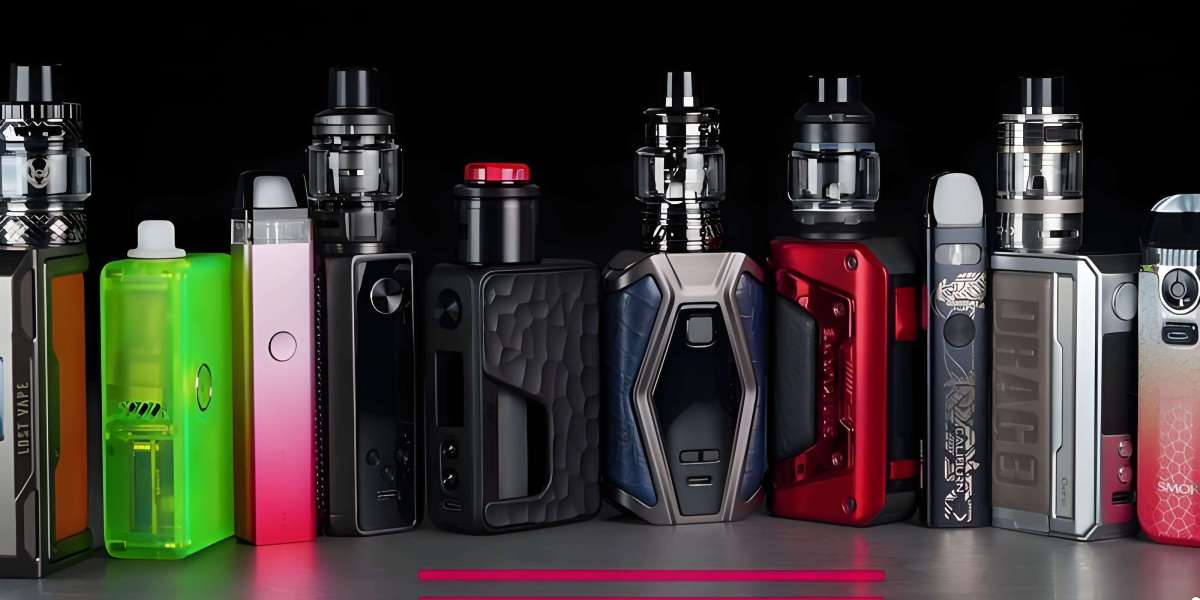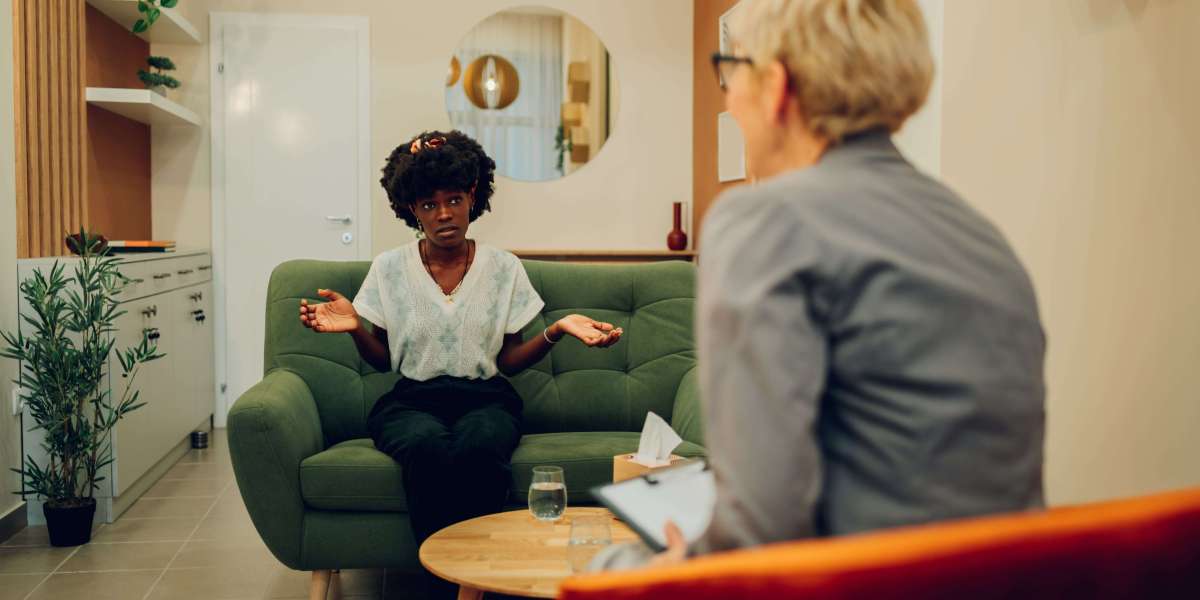Discover the Magic of Par Lights: Unveiling Their Types, Uses, and Secrets!
Par lights are a cornerstone of modern lighting design, celebrated for their versatility and ability to create stunning visual effects. Originally developed for use in theatrical productions, these powerful fixtures have found a home in a myriad of settings, from concerts and festivals to architectural lighting and event spaces. Their unique design allows them to produce focused beams of light, making them ideal for highlighting specific areas or creating dramatic effects. Whether illuminating a stage, enhancing an art installation, or simply providing ambient light for a gathering, par lights play a crucial role in shaping the visual atmosphere of any event.

Understanding Par Lights
Par lights, short for parabolic aluminized reflector lights, are designed with a parabolic reflector that directs light forward in a concentrated beam. The basic functionality of par lights lies in their ability to create intense, directed light that can be used for various effects. Each par light consists of a housing that holds a lamp, a reflector, and a lens, which work together to produce the desired illumination. The design allows for different types of lenses to be used, enabling lighting designers to achieve varied beam angles and effects. When positioned correctly, par lights can wash a surface with color or create sharp, focused spots of light, making them indispensable in both performance and decorative lighting.
Types of Par Lights
There are several types of par lights, each catering to specific lighting needs. The most common types include PAR 38, PAR 56, and PAR 64. The PAR 38 is typically used for outdoor applications, known for its broad beam and high output, making it great for garden lighting or architectural features. PAR 56 lights are favored in theater productions for their versatility and ability to provide both spot and wash effects. Finally, PAR 64 lights are the industry standard for larger venues, offering a higher wattage and a more pronounced light output, making them perfect for concerts and large-scale events. Understanding these types helps lighting professionals select the right par light for their specific needs and environments.
LED vs. Traditional Par Lights
The choice between LED par lights and traditional incandescent par lights is critical for many lighting designers. LED par lights are increasingly popular due to their energy efficiency, longer lifespan, and ability to produce a wider range of colors. They consume significantly less power compared to their incandescent counterparts, which can lead to substantial savings over time, especially in large-scale applications. However, traditional par lights still hold their own, often providing a warmer light quality that some designers prefer for specific atmospheres. Each type has its advantages and drawbacks, and the decision ultimately depends on the specific application and desired lighting effect.
Uses of Par Lights
Par lights are used in a diverse array of environments, showcasing their adaptability and functional brilliance. In live performances, they can create dramatic effects, highlight performers, and set the mood for different scenes. Architectural lighting utilizes par lights to accentuate building features, creating stunning visual displays that enhance the structure's aesthetic appeal. Event decoration also benefits from par lights, as they can transform a simple space into a vibrant atmosphere, using colored gels to wash walls or tables with light. Furthermore, they are commonly employed in photography and videography to ensure subjects are well-lit and visually appealing. The versatility of par lights makes them a favorite among lighting designers across various fields.
Specifications to Consider
When selecting par lights, several specifications must be taken into account to ensure the right fit for your project. Wattage is a critical factor, as it influences the light output and energy consumption. Beam angle also plays a vital role, determining how wide or narrow the light spread will be. A narrow beam is ideal for spotlighting, while a wider beam can cover larger areas. Additionally, color temperature affects the ambiance created by the light; warmer temperatures (around 2700K) provide a cozy feel, while cooler temperatures (above 5000K) can appear more clinical and bright. Understanding these specifications allows you to choose the appropriate par light for your specific needs, optimizing both performance and aesthetic appeal.
Importance of Par Lights in Lighting Design
In conclusion, par lights are an essential tool in the world of lighting design, offering a wide range of applications and effects. By understanding the different types, uses, and specifications of par lights, lighting professionals can create stunning visual experiences that captivate audiences and enhance environments. Whether you're designing for a concert, an architectural feature, or a special event, par lights provide flexibility and creativity that can elevate any project. Embracing the capabilities of par lights not only enriches visual storytelling but also transforms spaces into immersive experiences.








